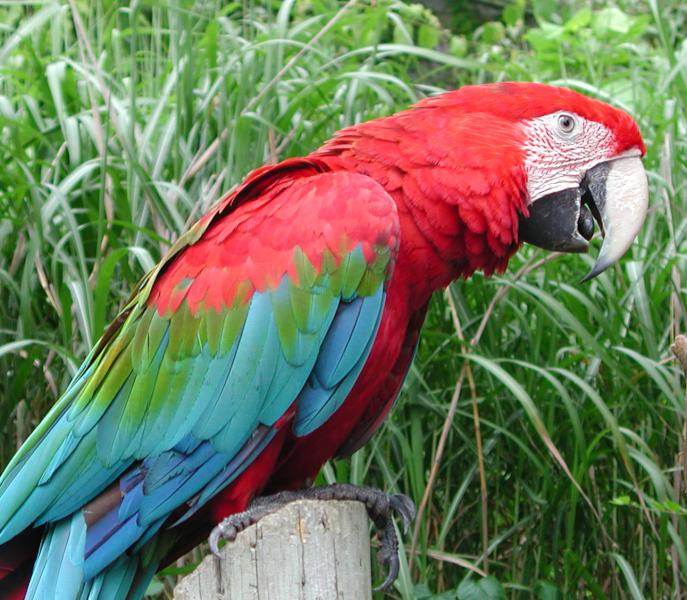

Zebra finches eat a variety of seeds and pellets as well as fresh fruit and vegetables. Zebra finches need to be in an aviary or cage that is at least 24 inches long by 18 inches wide by 18 inches high with a bar spacing of no more than 1 ¼ to 2 inches apart for 2 birds. They should have a balanced diet of seeds, fresh fruit, and fresh vegetables.įeeding a finch will cost roughly $0.20 per bird per day. Zebra finches will need roughly 1 ½ to 2 level teaspoons of food per day. The young can be separated from their parents when they are 6 weeks old. The female finch will lay 2 to 6 eggs at a time.

Therefore, your breeding pair will cost $40 to $150. You can expect to pay $20 to $75 per bird. You can’t go wrong breeding with zebra finches. They are bred for the love of these lovely finches and are great for beginner breeders. They will shy away from physical contact with humans. They are not bred to be human companion birds. Keeping a pair together also means the birds will not need an intense relationship with humans. One male and one female are recommended because males do not like spending time with males and females do not like spending time with other females. They should always be kept with an even number of occupants in a cage or aviary. These teeny-tiny, feathered friends are so pretty and make sweet peeping noises. Never underestimate the value of smaller birds. They are a very hardy breed that is easy to breed with. The most popular finch to breed with is the zebra finch. There are many different types of finches, and all are exquisite. You can sell the offspring for $40 to $250 depending on breed and how tame the bird is, and whether or not they have been hand raised.

Shavings or shredding paper for in the nest.It is not safe to give your bird the following: Lovebirds enjoy a mixed diet of fresh fruit, berries, seeds, pellets, leafy vegetables, corn, and even grass. And you should always try to give your birds several hours out of their cage or have a larger flight cage. You should not have an odd number of birds in a cage if you are breeding. $24 – $40 per month for toys, treats, and vet costsīecause you have 2 lovebirds, your cage should be at least 24 by 24 by 24 inches or 30 by 18 by 18 inches, with a bar space of ⅜ or ½ an inch.It is easy to begin hand-raising at 6 weeks old. Hand-raised birds should only be handled by human hands after the first week at least. Your breeding pair can cost $80 to $500.Įggs are laid at a time and incubation period:.Lovebirds, like all parrots, are priced according to whether they are hand raised – therefore tame – or parent fed – therefore in need of socialization with humans – and also the breed of lovebird. They are so intimate that they often die of loneliness when their mate dies. But it is always better to have 2 for those long hours when you are at school or work. If the owner is invested in a relationship, the birds can be delightful. Obviously, if you are breeding you need more than one bird. Lovebirds are small parrots that are super easy to breed with. They are very social, and you will often find pairs kissing. Lovebirds are so pretty to look at, and they really behave like lovebirds.


 0 kommentar(er)
0 kommentar(er)
